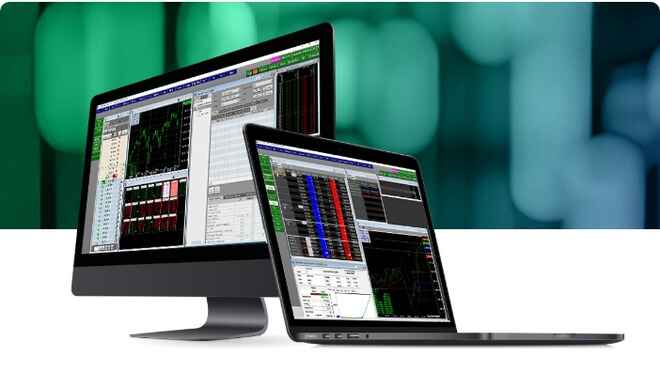Hedging futures is a way to possibly reduce your risk while trading. Learn the basics of hedging along with some examples of how hedging equity futures works.
What is Hedging?
The word hedge means protection. The dictionary states that to hedge is “to try to avoid or lessen a loss by making counterbalancing investments.” In the context of futures trading, that is precisely what a hedge is: a counterbalancing investment involving a position in the futures market that is opposite one’s position in the cash market.
What is an Option?
An option is simply the right, but not the obligation, to buy or sell something at a specific predetermined price (strike price) at any time within a specified time period. A commodity option, also known as an option on a futures contract, contains the right to buy or sell a specific futures contract.
What Affects the Hedge Option’s Value?
Time Value – If an option doesn’t have intrinsic value (either it’s at-the-money or out-of-the-money), that option’s premium would be all time value.
Intrinsic Value – This is the amount of money that could be currently realized by exercising an option with a given strike price. An option’s intrinsic value is determined by the relationship of the option strike price to the underlying futures price. An option has intrinsic value if it is currently profitable to exercise the option.
Intrinsic value + Time value = Premium
Why Hedge with Equity Options?
- Help protect your portfolio from uncertainty
- Options can offer a cost-effective alternative
Things to Consider When Hedging:
- Value of your portfolio
- Market volatility
- How much equity do you want to invest into the hedge?
- How much time will you need for your hedge?
Learn about trading straddle options and weekly options in RJO University.



